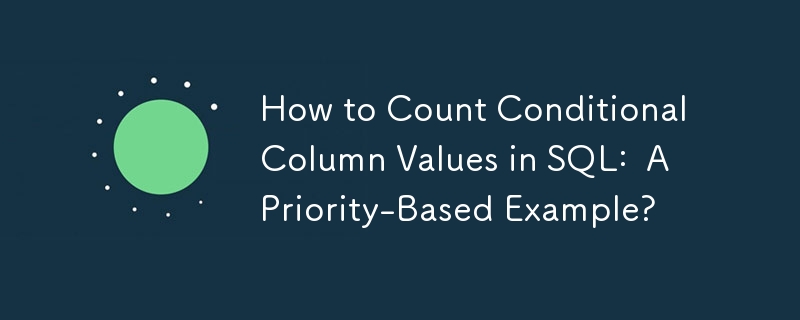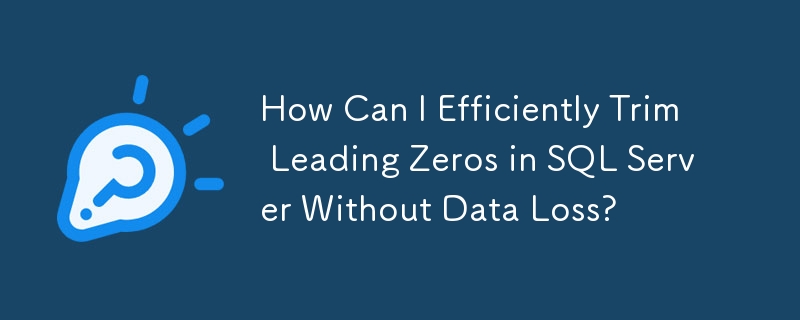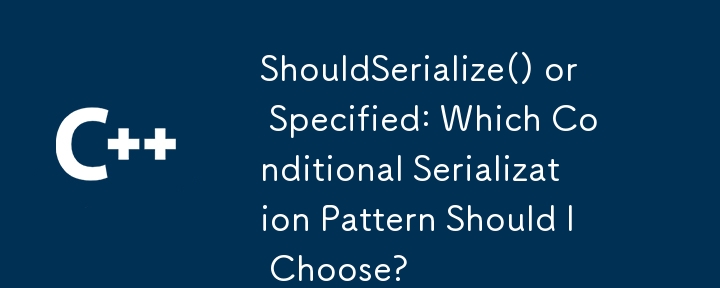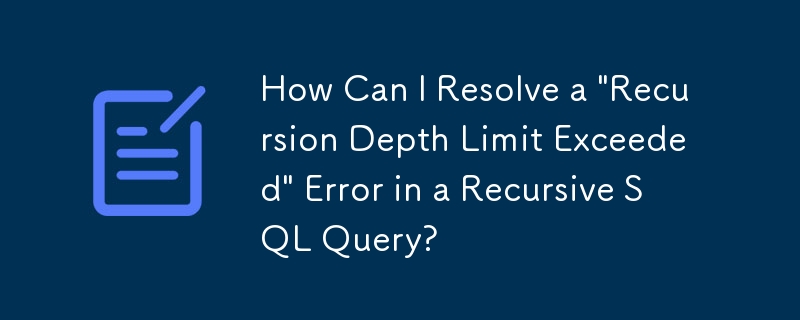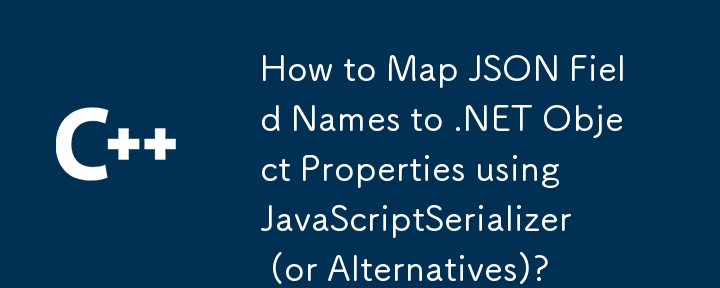Found a total of 10000 related content

jQuery Back Button (go to previous page)
Article Introduction:jQuery/JavaScript code snippet to simulate a back button based on the users last web page.
$(document).ready(function(){
$('a.back').click(function(){
parent.history.back();
return false;
});
});
Frequently Asked Questions (FAQs) about jQu
2025-03-05
comment 0
1124

jQuery Get Current Page URL
Article Introduction:Complete Guide to Getting Current Web Page URL with jQuery
This guide provides jQuery code snippets to get the full URL of the current web page and store it in a variable for use with other scripts. This URL is the same as the URL you see in the address bar.
The following code snippet demonstrates how to get the URL of the current page using jQuery and pure JavaScript:
$(document).ready(function() {
// Use jQuery
var url = $(location).attr('href');
// Using pure JavaScript
2025-03-04
comment 0
750
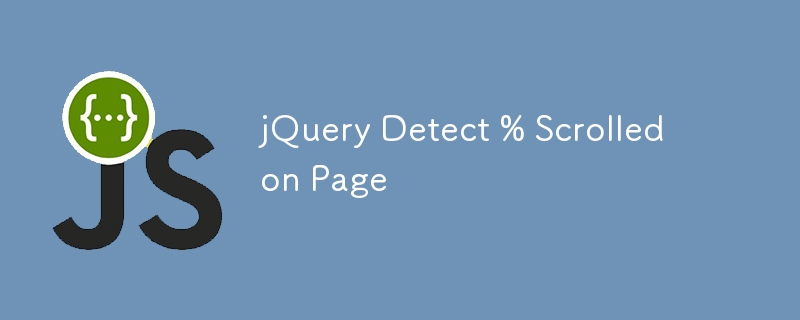
jQuery Detect % Scrolled on Page
Article Introduction:Detect web page scrolling percentage using jQuery
The following jQuery code snippet demonstrates how to trigger an event action when a user scrolls to a specific percentage of the webpage. Tests show that when capturing mouse scroll events, it is best to use values ??between 55% and 100%.
$(document).ready(function(){
// Example: Show a div when scrolling to 75% of the web page
var webpage = $("body");
var webpage_height = webpage.height();
var trigger_height = webpage_hei
2025-03-10
comment 0
910

How To Develop a jQuery Plugin
Article Introduction:jQuery Plug-in Development Guide: Creating Reusable Components
Core points:
Creating jQuery plug-in allows developers to create components that can be reused on any web page, reducing the risk of function name conflicts. The plug-in uses jQuery's fn function definition. The method added to the jQuery library will pass the jQuery object as this object in JavaScript.
Parameter processing is very important when developing jQuery plug-ins. To avoid complex parameter processing, pass a single JSON object instead of multiple parameters. You can use jQuery's extend function to merge default parameters and user parameters.
Make sure the method returns t
2025-03-05
comment 0
315
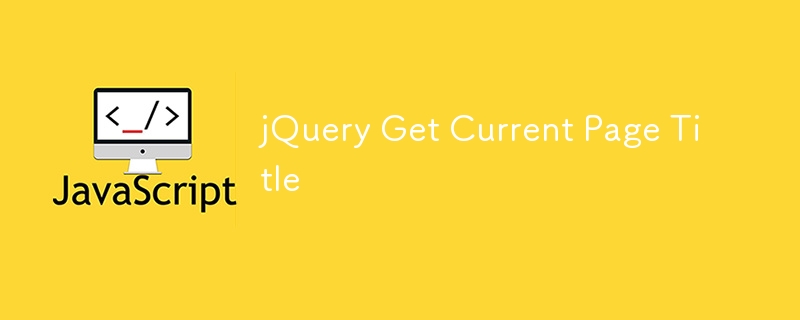
jQuery Get Current Page Title
Article Introduction:Gets the jQuery code snippet of the current web page title and store the title into a variable for use with other scripts. This title is displayed in the browser title bar.
Use jQuery to get the full title of the current webpage and store it in a variable for code snippets to work with other scripts:
jQuery(document).ready(function() {
// Use jQuery
var href = jQuery(location).attr('href');
jQuery('#this_title').html('>' href
2025-03-05
comment 0
1163

Get GeoLocation using jQuery (API) GeoPlugin
Article Introduction:jQuery easily get the visitor's geographic location
jQuery combines the GeoPlugin API to easily obtain the geographical location information of website visitors, including country, region, city, and latitude and longitude coordinates (can be used in Google Maps). This service is completely free! The following example contains a warning box that facilitates you to verify functionality:
How to use:
Copy the following jQuery code into the web page's tag.
Copy the following HTML code into the tag of the web page.
Run to view the effect!
jQuery code:
jQuery(document).ready(function($) {
alert("Your location: &quo
2025-03-05
comment 0
1137
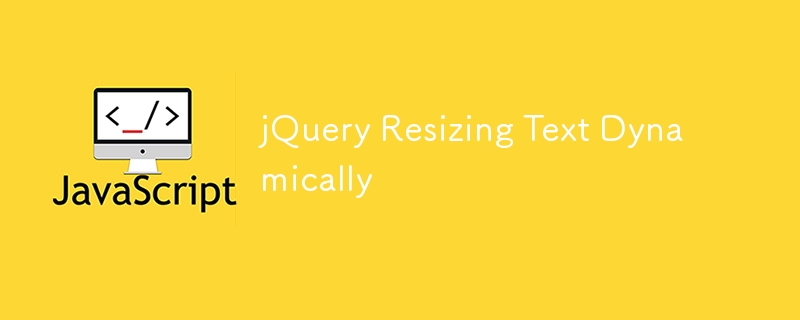
jQuery Resizing Text Dynamically
Article Introduction:Using jQuery and HTML code snippets, dynamically adjust the text size on the web page when the user clicks the "Enlarge text" or "Reduce text" buttons.
jQuery code:
$(document).ready(function(){
const targetSections = ['span', '.section2']; // Array of target element selectors
const selector = targetSections.join(','); // Concatenate the selector array into a string
// Get the initial font size
const orig
2025-03-05
comment 0
369
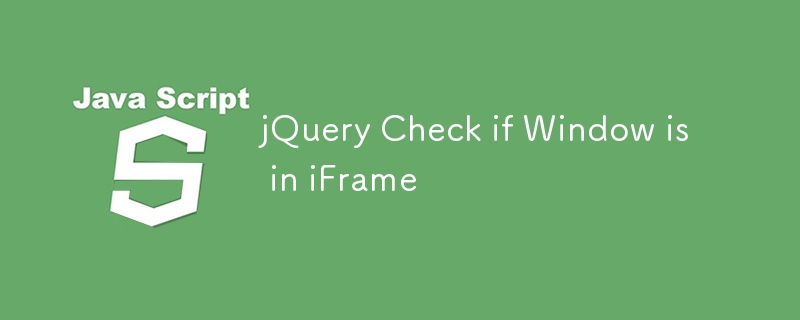
jQuery Check if Window is in iFrame
Article Introduction:Simple JavaScript code to determine whether a web page is in an iframe
Here is a simple JavaScript code snippet to check if the window is in an iframe. It is useful for some functions that may use URLs in the page's address bar. The code is as follows:
var isInIframe = (window.location != window.parent.location) ? true : false;
Related readings:
Get the source href injected iframe
How to reload an iframe
About jQuery and iframe
2025-03-06
comment 0
825

Making elements draggable with the HTML5 `draggable` attribute.
Article Introduction:To implement the draggable function of web page elements, using HTML5's draggable attribute is a direct method. The specific steps are as follows: 1. Add draggable="true" to the target element to enable the drag function; 2. For ordinary elements (such as divs), you need to cooperate with JavaScript event processing, such as setting data in dragstart; 3. Enhance visual feedback through CSS, such as hover and active state to adjust transparency; 4. Pay attention to compatibility and details, such as poor mobile support or browser default behavior to prevent dragging, you need to use e.preventDefault() to handle it; 5. It is recommended to use professional libraries such as ReactD in complex scenarios.
2025-07-04
comment 0
753

Using the HTML5 Fullscreen API
Article Introduction:The method of using HTML5's Fullscreen API to achieve full screen display of web page content is as follows: 1. Call the requestFullscreen() method of the element to enter full screen, but it must be triggered by user interaction; 2. Use document.fullscreenElement to determine whether it is currently in full screen state; 3. Call document.exitFullscreen() to exit full screen; 4. It is a method that can be encapsulated with prefixes for old browsers; 5. Listen to full screen change in response to full screen state changes. Mastering these key points can achieve full-screen control function.
2025-07-05
comment 0
501

Implementing offline web applications with HTML5 Service Workers
Article Introduction:The core of implementing offline web applications is to cache resources through ServiceWorker and take over network requests. The specific steps are as follows: 1. Register and activate ServiceWorker, check supportability and register sw.js file on the page, preload key resources during the installation stage; 2. Intercept requests and return cached content, give priority to data withdrawal from cache, and then obtain it online when there is no cache, and can also be processed separately according to resource type; 3. Update cache policy and version management, ensure content updates by changing the cache name and cleaning the old cache during the activation stage; 4. Test whether the offline function is normal, use ChromeDevTools to simulate the offline environment and verify the cache loading effect, and use Lighthouse to check PWA compliance
2025-07-05
comment 0
272


Dave The Diver: How To Catch Spider Crabs
Article Introduction:In Dave The Diver, there are some creatures that are not easy to catch. Or, catch alive that is. The spider crab is one of those very species, making it seem like the only way to bring these crustaceans back up to land is to viciously crack them up w
2025-01-10
comment 0
777
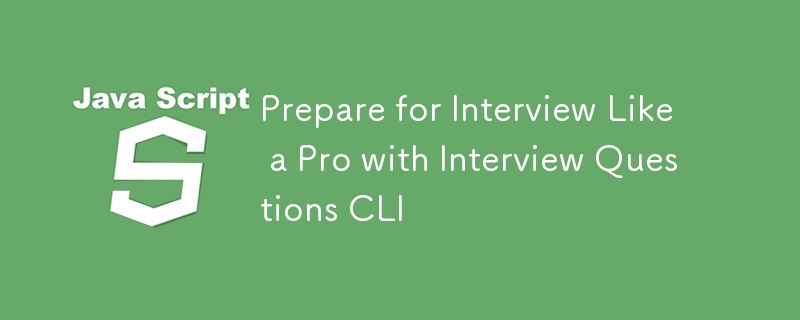
Prepare for Interview Like a Pro with Interview Questions CLI
Article Introduction:Prepare for Interview Like a Pro with Interview Questions CLI
What is the Interview Questions CLI?
The Interview Questions CLI is a command-line tool designed for JavaScript learners and developers who want to enhance their interview
2025-01-10
comment 0
1408
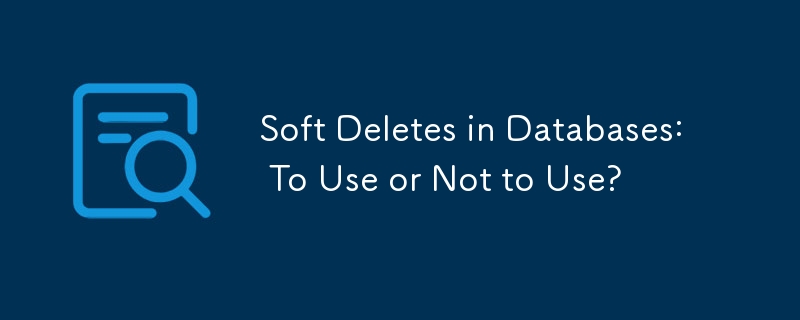
Soft Deletes in Databases: To Use or Not to Use?
Article Introduction:Soft Deletes: A Question of DesignThe topic of soft deletes, a mechanism that "flags" records as deleted instead of physically removing them, has...
2025-01-10
comment 0
1026













